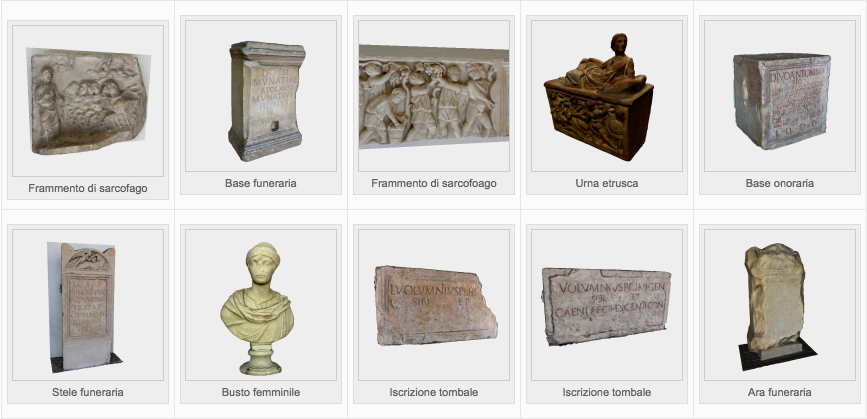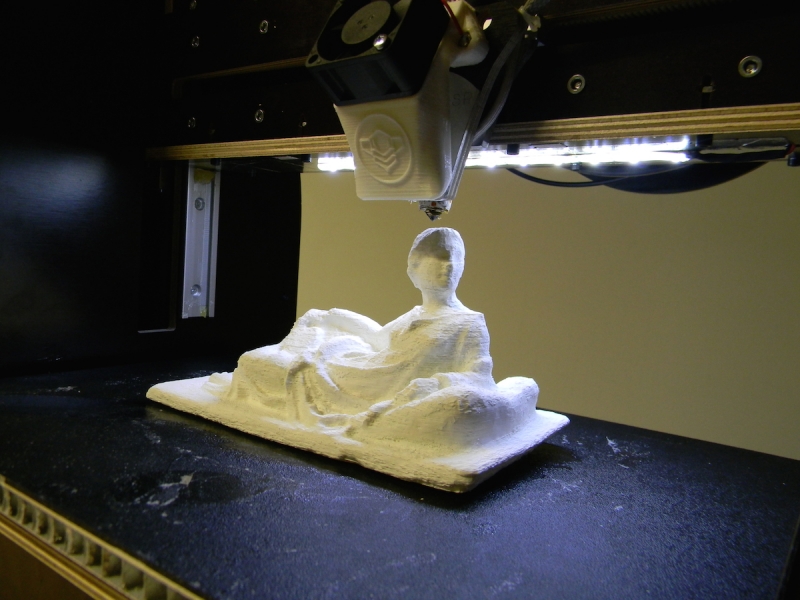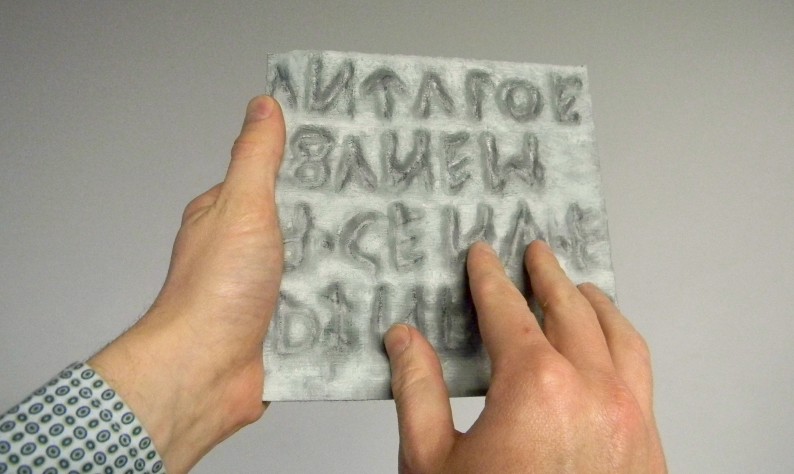On 3DPI, we have covered many initiatives that have implemented 3D printing technologies to make art more accessible by removing both geographical and physical barriers. However, only a tiny part of the world’s cultural heritage has already been able to take advantage of these new technologies and we are just at the very beginning of a lengthy process of digitization of the world’s artistic treasures. One company that is moving particularly fast in this direction is 3D ArcheoLab, having already reproduced and made available close to 100 3D models from Italian museums.
3D ArcheoLab was founded by Sofia Menconero, an architect specializing in technologies applied to cultural heritage sites and works, and Giulio Bigliardi, who specializes in open source and software technologies applied to preserving cultural and artistic history. Their main project is called 3D VirtualMuseum and includes a total of 95 downloadable and 3D printable models from four museums and cultural sites (certain parts of Italy are actually large open air museums) in the regions of Umbria and Emilia Romagna in central Italy. “This section of the 3D ArcheoLab website has already been accesses over 20,000 times, with over 3,000 downloads to date,” Sofia told me.
Sofia works primarily on 3D data acquisition and 3D modeling, while Giulio focuses on developing courses and on making the contents available through open source and easily accessible software. Italian institutions don’t invest nearly enough on preserving and appreciating the nations; enormous historical treasures and it is up to initiatives such as 3D ArcheoLab to fill in the void left by the local and national government.
To fund this and other projects, 3D ArcheoLab organizes courses about art and 3D printing in schools in the 3D Archeolab Academy and collaborates with FabLab Parma at the Heritage Lab project, a work group dedicated to artistic restoration through 3D printing. Recently, the team also partnered with Associazione La Girobussola, an Italian association that works in the field of cultural tourism for those suffering from visual disabilites, and Emanual Demetrescu, an archeologist who specializes in applying technologies to preserve the value of cultural and historical artworks.
Several Italian companies support 3D ArcheoLab in its mission. These include delta 3D printer manufacturer WASP and exotic filament producer TreeD, who supply their ceramic and marble-based PLA blends. “These materials are ideal in giving a more accurate sensation as to the final surface quality of the artworks,” said Sofia. She also illustrated the process used for capturing the objects’ point clouds, based on accurate 3D elaborations of multiple photos.
“Making art more accessible to everyone is very important to us and is at the heart of everything we do,” Sofia explained. “Using 3D printing to reproduce artwork in order to make them available for tactile experiences is something that benefits everyone, even those who don’t suffer from disabilities. Furthermore, the entire idea of 3D museum is a meant to help art overcome geographical and economical barriers.”
Sofia dreams of collecting all artifacts that have been lost in museum collections and collecting them in a single virtual space for everyone to have access to. She is not alone in this, which could be one of humanity’s most important goals for the decades to come. It won’t be easy, but, by bringing together initiatives and technological resources from 3D Archeolab, My Mini Factory – Scan the World, Factum Arte, ARTIFICIAL, and the Smithsonian X3D projects, one day it will inevitably happen.





